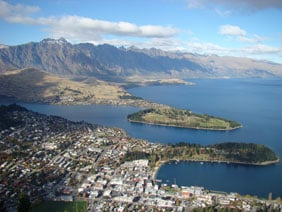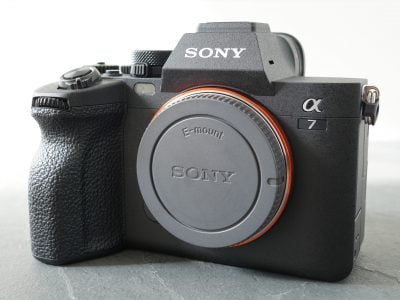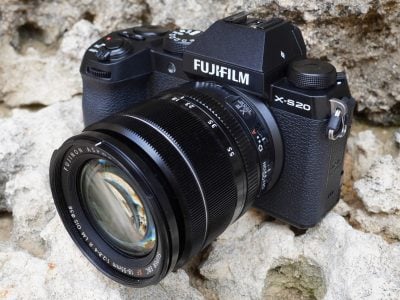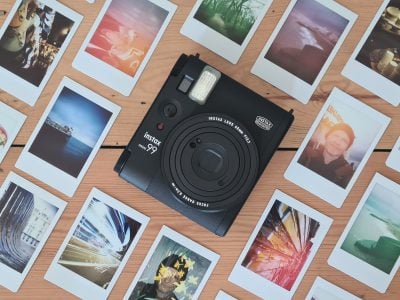Sony Cyber-shot DSC-H9
-
-
Written by Gordon Laing
Sony Cyber-shot DSC-H9 lens coverage
Lenses and SteadyShot / Screen and menus / Sensor and processing
Sony Cyber-shot DSC-H9 features continued…
Lenses and SteadyShot / Screen and menus / Sensor and processing
The Sony Cyber-shot DSC-H9’s big selling point is of course its 15x optically stabilised zoom lens. Sporting an equivalent range of 31-465mm, it’s both a little wider and a little longer than the 12x optical ranges offered by Panasonic’s super-zooms, and beaten only by the considerable 18x optical zoom range of the Olympus SP-550UZ. The Sony H9’s actual optical specification is 5.2-78mm f2.7-4.5, and it can focus as close as 1cm in macro mode.
When the H9 is powered-up, the lens barrel extends by 22mm and prods its lens cap off if you’d not already removed it; the camera’s ready for action in just under two seconds. Zoom the H9 into its maximum focal length and the barrel extends to 38mm. You can see these two positions along with the camera powered-off in the photo below.
Like its predecessor the H9 actually offers two different motorised zoom speeds. Press the zoom rocker gently and it’ll take about five seconds to fully zoom-in. Press the rocker harder and it’ll take just two seconds. It’s a really nice touch to have the different zoom speeds, allowing you to fine tune, or quickly get close as required. You can even zoom at either speed during video recording and the slower option is much quieter.
To illustrate the H9’s 31-465mm range in practice we mounted it on a tripod and shot the same scene fully zoomed-out, then fully zoomed-in. We then shot the same scene from exactly the same position moments later using the Panasonic Lumix DMC-FZ8 which is equipped with a 12x range equivalent to 36-432mm. To see examples of the Olympus SP-550UZ taken from exactly the same spot, albeit on a different day, see our Olympus SP-550UZ review.
|
Sony Cyber-shot DSC-H9 coverage wide |
Panasonic Lumix FZ8 coverage wide | |
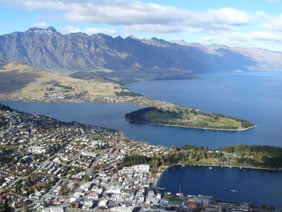 | ||
| 5.2-78mm at 5.2mm (31mm equivalent) |
6-72mm at 6mm (36mm equivalent) |
The examples above clearly illustrate while the H9 isn’t as wide as the Olympus SP-550UZ’s 28mm equivalent, it still captures a comfortably wider field than the Panasonic FZ8. This gives the H9 greater flexibility whether you’re shooting large subjects or in cramped conditions where you can’t step back any further.
Zoom both cameras into their longest focal lengths as seen below and the difference is much closer, although again the Sony H9 enjoys the edge. Our Olympus samples taken on a different day show the view slightly shifted to the right, but again it’s still clear it has a slight edge over the Sony when zoomed-in.
Sony Cyber-shot DSC-H9 coverage tele |
Panasonic Lumix FZ8 coverage tele | |
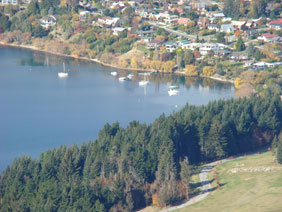 |  | |
| 5.2-78mm at 78mm (465mm equivalent) |
6-72mm at 72mm (432mm equivalent) |
In use the big difference between the three cameras though is not how much they can zoom-in, but how far they can zoom-out. Wide angle capabilities make a big difference in a wide variety of situations, and with an equivalent of 28mm, the Olympus SP-550UZ is most flexible. The Sony H9’s not far behind though at 31mm and both models offer noticeably wider coverage than either the Panasonic FZ8 or FZ50 at 36 and 35mm respectively. (Note the Panasonic TZ3 compact has a 10x optical range which starts at an equivalent of 28mm – see our Panasonic TZ3 review for more details).
If you love the H9 but wished it had a longer range still, you can fit one of two lens converters. The VCL-DH0774 multiplies the range by 0.7x to deliver 21.7mm wide angle capabilities, while the VCL-DH1774 will multiply the range by 1.7x, delivering a maximum equivalent focal length of 734mm. Both mount onto the supplied accessory ring, which is also used to fit the considerable lens hood – again supplied. See our Sony H9 video to witness this lens hood in practice!
Sony Cyber-shot DSC-H9 image stabilisation
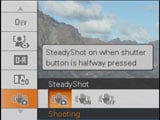 |
Pressing the Menu button and scrolling down to the SteadyShot options presents three settings: Shooting, Always On and Off. The first mode only activates the SteadyShot system when the shutter release button is pressed halfway (to save battery power) and we have a demonstration in our Sony H9 video tour.
To illustrate its effectiveness here we took two photos of the same scene with the H9 fully zoomed-in to an equivalent of 465mm and at a shutter speed of just 1/20. We’ve taken crops of each measuring 564×272 pixels (thereby representing about one sixth of the total image width), and reduced them in size to 288×136 pixels for reproduction below. Therefore the images you see below are effectively like viewing the originals at 50%.
Sony Cyber-shot DSC-H9 Super SteadyShot off |
Sony Cyber-shot DSC-H9 Super SteadyShot on | |
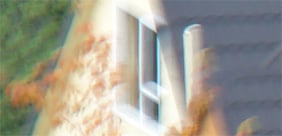 | 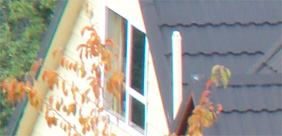 | |
| 5.2-78mm at 78mm (465mm equiv), 1/20, 80 ISO |
6-72mm at 72mm (465mm equiv), 1/20, 80 ISO |
You can clearly see from the examples above that the H9’s Super SteadyShot has eliminated camera-shake on the relatively slow exposure of 1/20. We found this was about the slowest shutter speed we could handhold with the lens fully zoomed-in, but it’s still impressive considering we needed an exposure several times faster to capture a sharp result without stabilisation.
Sony Cyber-shot DSC-H9 focusing
 |
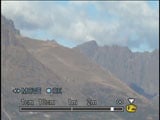 |
The Sony H9 offers four focusing modes: Multi-AF evaluates the entire frame, Center AF focuses only on the middle area, Flexible Spot AF lets you choose the area you’d like to use for focusing, and finally there’s a manual focusing option which can enlarge the centre portion. Face detection is also offered, but only in Auto and Portrait modes.
Focusing is one of the H9’s highlights. Pressing the shutter button halfway zips the camera through its focusing range and quickly locks onto the subject. You can set a menu to continuously auto-focus for even faster response, although this will drain the battery quicker.
When you first read about super-zoom ranges, it’s hard not to think about the possibilities for photographing wildlife or sporting events, but the reality is normally very different. With most non-DSLR cameras, the focusing can be so slow the subject has long gone before you’ve had a chance to focus on them, let alone attempt to fire off a shot.
While the Sony H9 isn’t as quick as a DSLR equipped with a decent lens, it’s still noticeably quicker than any other super-zoom we’ve tested, and we successfully used it fully zoomed-in to photograph several birds which were in almost constant motion. It’s very impressive in operation and you can see an example in our H9 Gallery along with a demonstration in our H9 video tour.
